Crankbaits: The Ultimate Guide
Fishing is an age-old activity that has become a favourite pastime for many people. Whether you are a seasoned angler or a beginner, one thing is for sure, having the right fishing gear can make all the difference in your fishing experience. One of the most essential fishing lures you can have in your tackle box is the crankbait. In this article, we will take an in-depth look at this lure, covering everything from their history to how to use them effectively.
Whether you are a seasoned angler or a beginner, you will learn something new about crankbaits and how to incorporate them into your fishing techniques.
Table of Contents
- Introduction
- What is a Crankbait?
- History of Crankbaits
- Types of Crankbaits
- How to Choose the Right Crankbait
- Water Depth
- Water Clarity
- Type of Fish
- How to Fish with Crankbaits
- Retrieve Techniques
- Time of Day
- Weather Conditions
- Tips and Tricks for Using Crankbaits
- Matching the Hatch
- Adding Rattles
- Experiment with Colors
- Maintenance and Care for Crankbaits
- Conclusion
- FAQs
1. Introduction
These are a type of fishing lure that imitates a baitfish’s movement, making them an effective tool for catching different species of fish. They are available in various sizes, shapes, and colours, making them versatile enough to use in different water bodies.
2. What is a Crankbait?
This is a type of fishing lure that is designed to resemble a baitfish. They are typically made of plastic, wood, or metal and come in various shapes, sizes, and colours. The lure’s design makes it possible to mimic a baitfish’s swimming action, which is attractive to predatory fish such as bass, pike, and walleye.
They are versatile lures that can be used in different water conditions, making them a favourite among anglers. They are used for both freshwater and saltwater fishing and can be used to catch different species of fish.
3. History of Crankbaits
The use of this lure for fishing dates back to the early 1900s. They were first made of wood and were designed to resemble minnows. Over time, the design and materials used to make them have evolved, making them more effective and versatile.
Today, they are made of various materials, including plastic, wood, and metal. The lure’s design has also evolved to mimic different types of baitfish, making them effective in different water conditions.
4. Types of Crankbaits
They come in different types, each designed to mimic a specific type of baitfish. Understanding the different types can help you choose the right lure for the water and species of fish you are targeting. Here are the different types:
4.1 Lipless Crankbaits
Lipless, also known as vibration baits, are designed to sink quickly and vibrate rapidly when retrieved. They are effective in open water and can be used in different water depths. Lipless are also versatile and can be used in both freshwater and saltwater fishing.
4.2 Squarebill Crankbaits
These are designed to deflect off the cover, making them ideal for fishing in shallow water. They have a square-shaped bill that allows them to bounce off rocks, logs, and other underwater structures without getting snagged. They are effective in catching bass and other predatory fish.
4.3 Deep Diving Crankbaits
Deep diving are designed to reach deep water depths, making them ideal for fishing in deep lakes or reservoirs. They have a longer and thinner bill, which allows them to dive deeper when retrieved. Deep-diving are effective in catching walleye, pike, and other predatory fish.
4.4 Medium Diving Crankbaits
Medium diving are designed to dive to mid-depths, making them effective in catching fish that are not found in shallow water. They have a medium-sized bill, which allows them to dive to depths of 6 to 12 feet. Medium diving are effective in catching bass, trout, and other species of fish.
4.5 Shallow Diving Crankbaits
Shallow diving lures are designed to mimic small baitfish found in shallow water. They have a small bill, which allows them to dive to depths of 3 to 6 feet. Shallow diving lures are effective in catching bass, bluegill, and other species of fish.
5. How to Choose the Right Crankbait
Choosing the right lure depends on several factors, including water depth, water clarity, and the type of fish you are targeting. Here are some tips to help you choose the right lure:
5.1 Water Depth
The depth of the water you are fishing in will determine the type of lure you should use. Deep diving lure sare ideal for deep water, while shallow diving lures are ideal for shallow water, obviously.
5.2 Water Clarity
The clarity of the water you are fishing in will determine the colour of the lure you should use. In clear water, use natural colours such as silver or gold, while in murky water, use bright colours such as chartreuse or orange.
5.3 Type of Fish
The type of fish you are targeting will determine the size and shape of the lure you should use. Larger lures are effective in catching larger fish such as pike, while smaller lures are effective in catching smaller fish such as bluegill.
6. How to Fish with Crankbaits
Fishing with crankbaits requires a little bit of technique and patience. Here are some tips to help you fish with crankbaits effectively:
6.1 Retrieve Techniques
They are designed to mimic the movement of a baitfish. When retrieving, vary your speed and rhythm to imitate the movement of a real fish. Pause and twitch your rod tip occasionally to create an erratic movement, which can be attractive to predatory fish.
6.2 Time of Day
The time of day can affect how effective your lure is. Fish are most active during the early morning and late afternoon, so this is the best time to use this lure. However, you can still catch fish using crankbaits throughout the day.
6.3 Location
The location where you fish with your this lure is important. Look for areas with underwater structures such as rocks, logs, and weed beds, as these are areas where predatory fish are likely to be found.
6.4 Weather Conditions
Weather conditions can also affect how effective your it is. On cloudy or overcast days, use bright-coloured lures to increase visibility. On sunny days, use naturally coloured lures to mimic the natural environment.
7. Conclusion
They are versatile and effective fishing lures that can be used to catch a wide variety of fish in different types of water. When choosing the right crankbait, consider the water depth, water clarity, and the type of fish you are targeting. When fishing with crankbaits, vary your retrieval techniques, fish in the right locations, and take into account the weather conditions to increase your chances of success.
8. FAQs
- Do I need to use a specific type of rod and reel when fishing with crankbaits?
While there is no specific rod and reel that you need to use when fishing with crankbaits, it is recommended to use a medium to heavy rod with a fast reel.
- How do I know what depth my crankbait is diving to?
Most crankbaits will have information on the packaging that will tell you how deep they dive. You can also experiment with different retrieval speeds to see at what depth the crankbait is most effective.
- Can I use crankbaits for saltwater fishing?
Yes, many crankbaits are designed for saltwater fishing. Look for crankbaits that are made with saltwater-resistant materials and have a strong treble hook.
- Do I need to use a leader when fishing with crankbaits?
It is recommended to use a leader when fishing with crankbaits, especially when fishing in clear water. This will prevent the fish from seeing the line and increase your chances of success.
- How do I maintain my crankbaits?
After each use, rinse your crankbaits with fresh water and dry them thoroughly. Store them in a cool, dry place to prevent rusting and damage to the hooks.


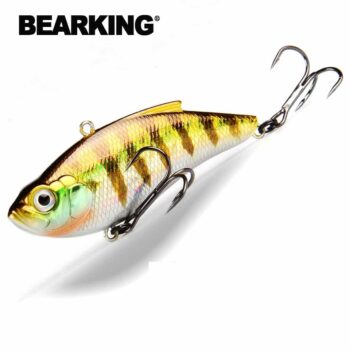

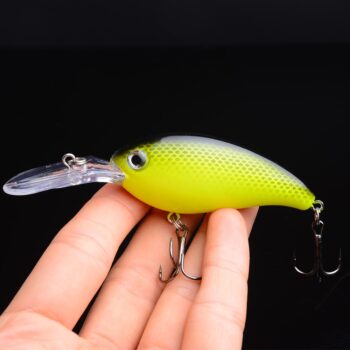




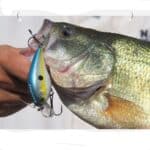
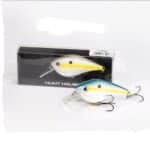

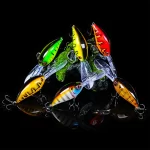

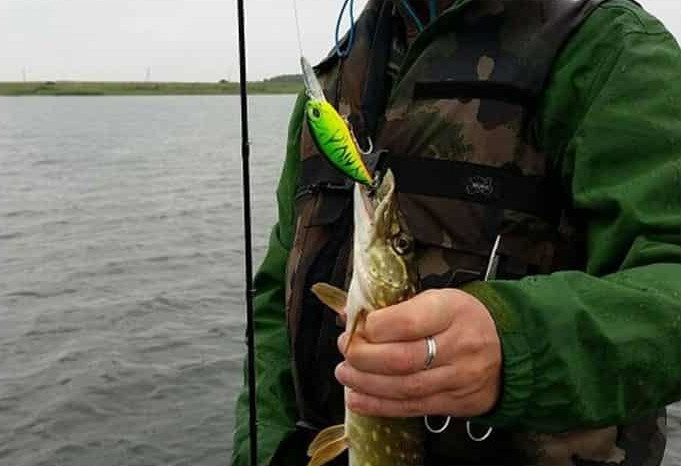
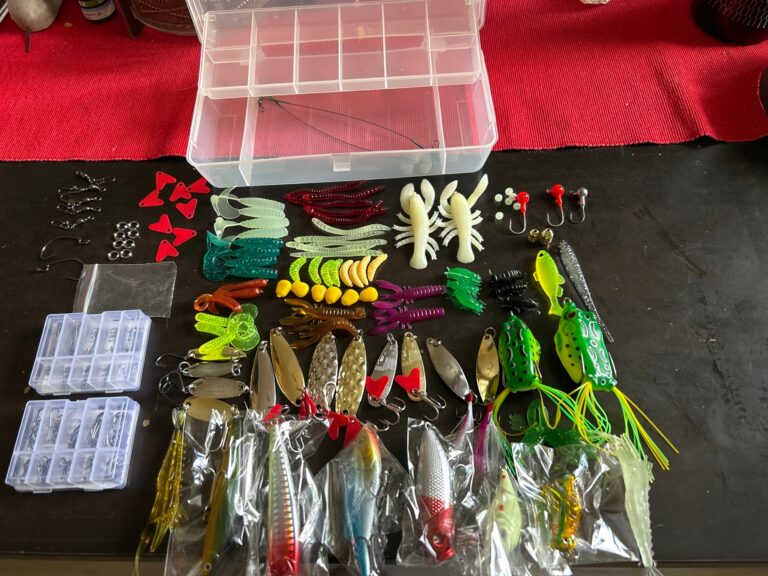

Leave a comment